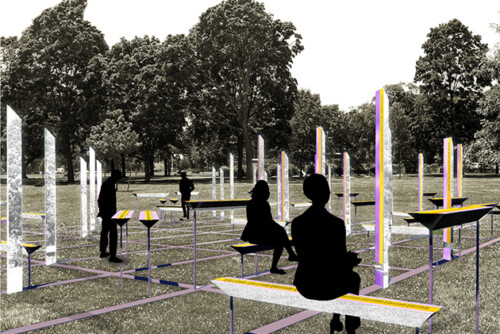The contractor strategy resulted in marked deterioration of both the conditions of labor and the care received. Repeated investigations found egregious problems for both workers and clients. As a consequence of not being covered for over-time, some home attendants ended up making less than minimum wage. Audits found “inordinate delays and errors in payment,” with workers waiting weeks or even months for wages. Attendants often called the mayor’s office to complain of utility shut-off notices. Elderly and disabled clients reportedly drew upon “their own Supplemental Security Income checks” to help attendants. The Division of Home Attendant Service and its vendor agencies also seemed to exploit the caring part of home health care. 1 For example, there were weeks in which housekeepers received no paychecks at all, yet they continued working, since they could not abandon their clients. Despite these known problems, policymakers continued to insist that welfare recipients be pushed into these jobs to end their “dependency” on the state.
Workers began to organize and fight back in the late 1970s, especially as they came to recognize that they were largely serving clients of the Division of Home Attendant Service. During August 1977, a grassroots organizing effort emerged in the South Bronx amongst disgruntled home care aides who had not been paid for weeks. With guidance from a grass-roots neighborhood organization, La Raza Unida, a core group of Afro-Caribbean, African-American, and Puerto Rican women organized a union. Although employed through the Morrisania Community Corporation, a vendor agency, they went to the city government to demand redress. After waging an eight-day strike, with help from the Teamsters the women won union recognition. The City, however, had no intention of bargaining and instead terminated its contract with Morrisania and reassigned the women to other agencies. While not an individual success, this was just the beginning of a new social struggle.
Other unions started paying attention. The civil rights movement had begun to emphasize the status of domestic workers, pushing New York State to pass collective bargaining legislation for household workers. In response, New York’s flagship local of the Service Employees International Union (SEIU), 32B-32J, launched an organizing campaign among household workers “to organize and to free you good people from slavery.” 2 When SEIU sought to win bargaining rights for household workers as public employees, the city outmaneuvered them by shifting all clients to agency vendors. Thus, the union had to organize each agency, whatever the size, one at a time. The initial response was tremendous, but this strategy soon succumbed to the hassle of having to define bargaining units piecemeal, and to an ever-shifting labor force while state budgets constrained agencies from negotiating real wage increases.
New York’s hospital workers’ movement, Local 1199, however, knew how to turn workplace drives into political campaigns. In 1987, it launched (with AFSCME) the Campaign for Justice for Home Care Workers, joining forces with non-profit vendor agencies to press for greater appropriations from Albany. It mobilized significant community pressure, as well as support from clergy, including Cardinal John O’Connor, and political leaders, such as Jesse Jackson. In 1988, after unprecedented negotiations between Governor Mario Cuomo’s office and the unions, the state allocated more funds to home health care and agreed to a major wage increase, health insurance, guaranteed days off, and prescription drug coverage.
This political deal was not enough to resolve the ambiguities of employment that hampered long-term rights and job security. Workers still lacked the protection of the nation’s basic employment law. The intimacy of the work and its location in private homes continued to obscure care work as labor in multiple ways: through ideological and discursive dismissal of such labor as real or worthy work; through the service ethos of some care workers that leads them to work beyond their paid hours; and through legal classification that refuses to recognize the home as a workplace and the care worker as a worker. Home care workers and their disabled and senior clients and allies have both had to challenge pervasive stereotypes and representations. Home care workers are characterized as self-sacrificing workers, while their clients are stigmatized as helplessly dependent on others, as well as on the state.
- “Report on the Quality of Care and Operating Practices of the Home Attendant Program: Summary of Significant Observations,” Oct. 25, 1978, unpublished manuscript, New York State Library; Metropolitan Regional Audit Office, “Audit of Home Attendant Services, New York City, Department of Social Services, #76-835-S-029-58,” Aug. 1977, McMillan Library, NYC, 8, 14-18; Joan Shepard, “Payroll Foulup Angers Home Health Attendants,” New York Daily News, 16 December 1977; Peter Khiss, “Program to Aid Elderly Sick Poor Marked By Fraud, State Audit Says,” New York Times, 15 December 1977; Richard Severo, “Troubled Program for the Disabled,” New York Times, 27 December 1977.[↑]
- “Union Steps up Drive to Organize Household Workers,” 32B-32J Newsletter, 46 (May 1978), 1.[↑]



